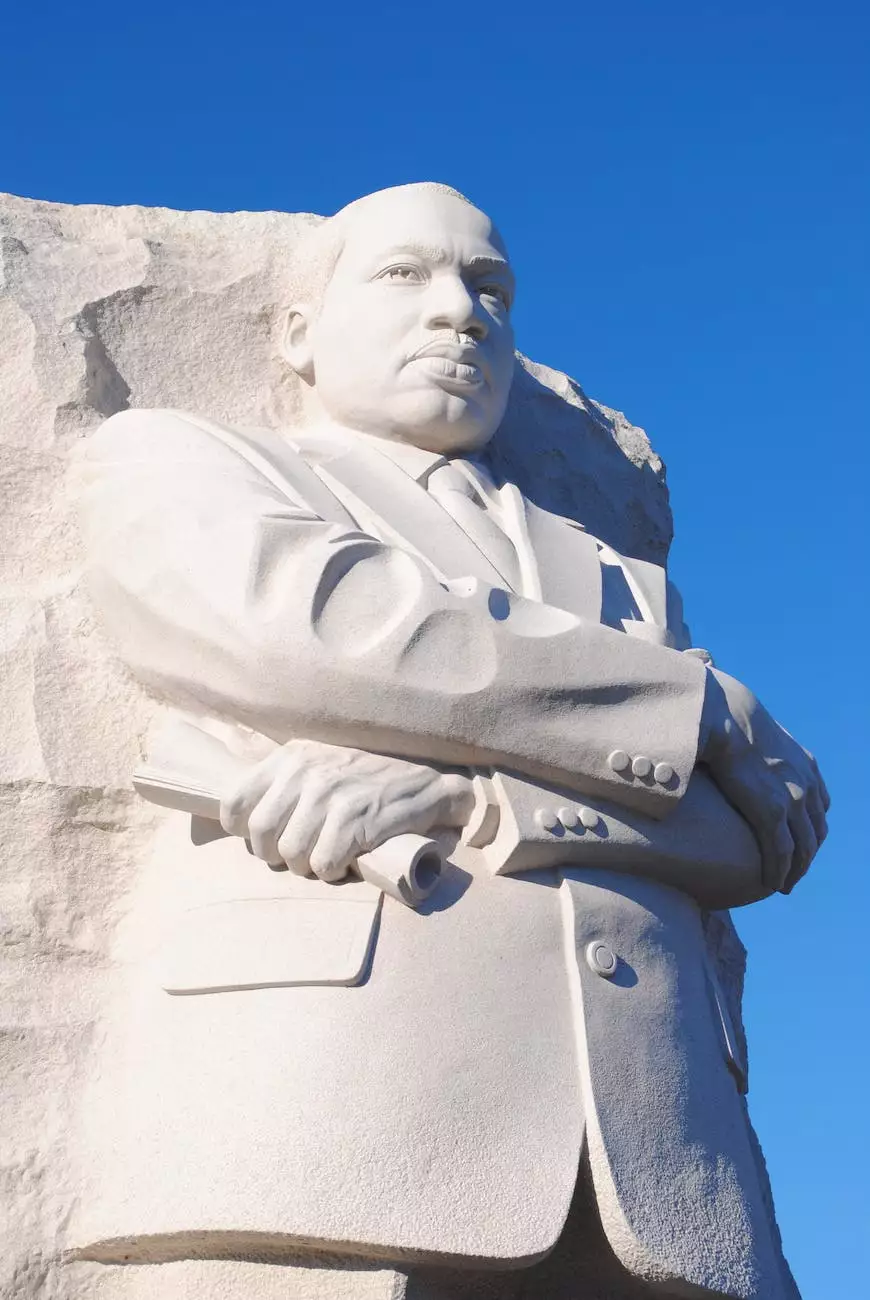Journey to the West 西游记 - LOVIN' CHINESE
Cultural Insights
Introduction
Welcome to NJCLT, your ultimate guide to the fascinating world of Chinese literature and language. In this article, we embark on an extraordinary journey into the realms of ancient legends and mythical adventures as we explore the epic Chinese novel, Journey to the West (西游记). Discover the captivating storyline, iconic characters, and profound cultural significance of this timeless masterpiece.
The Story Unveiled
Journey to the West, also known as Monkey, Monkey King, or Monkey King Goes West, is a classic Chinese novel written in the 16th century during the Ming Dynasty. It depicts the legendary pilgrimage of the Buddhist monk Xuanzang and his three companions, Monkey King Sun Wukong, Pig Zhu Bajie, and Friar Sand Wujing, to obtain sacred Buddhist scriptures from India.
The novel is a blend of adventure, fantasy, and religious allegory, highlighting themes of loyalty, friendship, moral values, and the triumph of good over evil. With its rich cultural heritage and profound spiritual teachings, Journey to the West has become not only a renowned literary work but also an integral part of Chinese folklore and popular culture.
An Epic Cast of Characters
One of the reasons Journey to the West has captivated readers for centuries is its diverse and memorable cast of characters. Let's take a closer look at some of the key characters:
1. Sun Wukong - The Monkey King
Arguably the most famous character from Chinese literature, Sun Wukong is a mischievous and powerful monkey with incredible strength and magical abilities. His character reflects bravery, resourcefulness, and a rebellious spirit.
2. Xuanzang - The Buddhist Monk
Xuanzang, also known as Tang Sanzang, is the central character of the novel. Representing the true seeker of enlightenment, he undergoes numerous trials and temptations throughout his journey. His determination, piety, and righteousness inspire readers to overcome obstacles in their own lives.
3. Zhu Bajie - The Pig Demon
Zhu Bajie, or Pigsy, is a comedic character with both human and pig-like traits. Despite his flaws, including his love for food, wine, and women, he exhibits loyalty and courage when it matters the most. His character provides comic relief while emphasizing the importance of inner transformation.
4. Sha Wujing - The Sand Monk
Sha Wujing, or Sandy, is a former heavenly general transformed into a river monster as a result of his past mistakes. Throughout the journey, he seeks redemption and proves himself as a valuable companion to Xuanzang and the rest of the group. His loyalty, strength, and humility make him an endearing character.
A Symbol of Cultural Significance
Journey to the West is not simply a fantasy tale but also a reflection of China's rich cultural heritage and religious traditions. The novel incorporates elements of Buddhism, Taoism, and Confucianism while addressing societal issues and moral dilemmas.
With its profound cultural significance, Journey to the West has inspired numerous adaptations in various art forms, including theater, film, television, and animation. The enduring popularity of this masterpiece speaks volumes about its universal themes, timeless relevance, and unparalleled storytelling.
Exploring the Themes
Journey to the West delves into a wide range of themes, weaving together adventure, spirituality, and moral teachings. Some prominent themes explored in the novel include:
1. The Quest for Enlightenment
The central theme of the novel revolves around Xuanzang's spiritual journey to obtain sacred scriptures. It symbolizes the human quest for self-discovery, enlightenment, and the pursuit of higher knowledge.
2. Loyalty and Friendship
The bond between the main characters exemplifies the values of loyalty, friendship, and mutual support. Despite their differences and occasional conflicts, they form a formidable team in their shared spiritual quest.
3. Overcoming Inner Demons
Each character in the novel faces personal challenges and battles their inner demons, representing the struggle to overcome weaknesses and temptations. This ongoing internal conflict underscores the importance of self-improvement and moral growth.
4. Good versus Evil
The journey is fraught with encounters with numerous demons, monsters, and malevolent forces. The characters' battles against these evil entities embody the eternal struggle between good and evil, emphasizing the triumph of righteousness and virtue.
Unlocking the Cultural Essence
At NJCLT, we are dedicated to unlocking the cultural essence embedded within Journey to the West. Through our comprehensive analysis, insightful articles, and engaging discussions, we provide you with the tools to appreciate the depth and beauty of this literary masterpiece.
Whether you are a Chinese language learner, literature enthusiast, or cultural explorer, our resources will enrich your understanding of Journey to the West, allowing you to delve into its nuances, symbolism, and historical context.
Join Us on the Journey
Are you ready to embark on an enlightening adventure through the enchanting world of Journey to the West? Join LOVIN' CHINESE and NJCLT as we delve into the triumphs, tribulations, and spiritual revelations of this timeless saga. Let us guide you through ancient legends and inspire you with the profound wisdom of Chinese literature.
Unlock the secrets of Journey to the West with LOVIN' CHINESE and NJCLT today!




